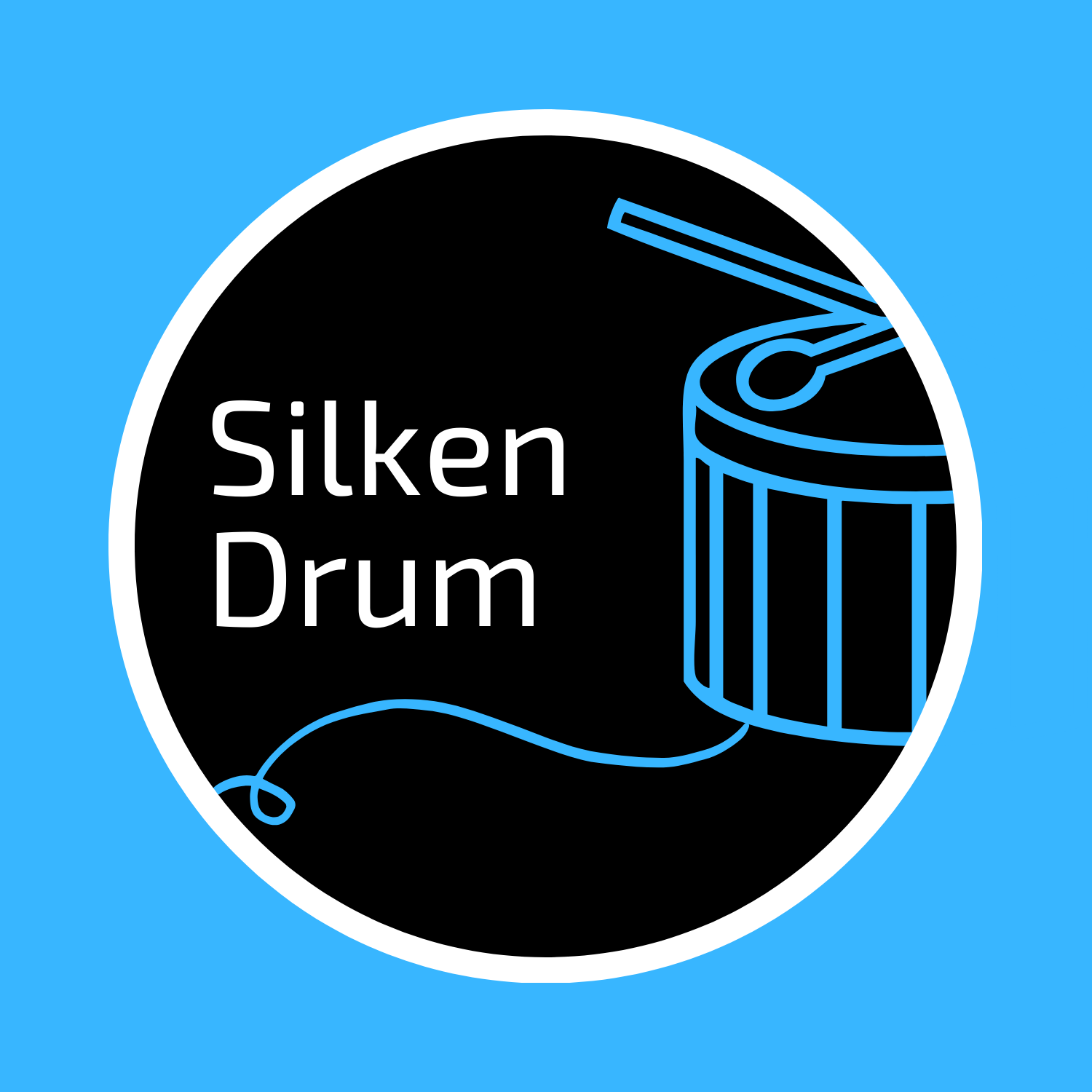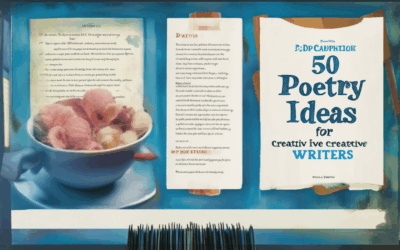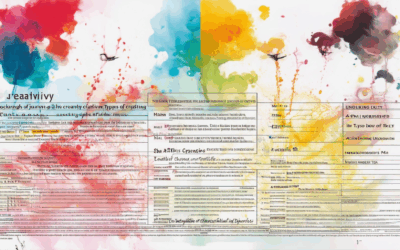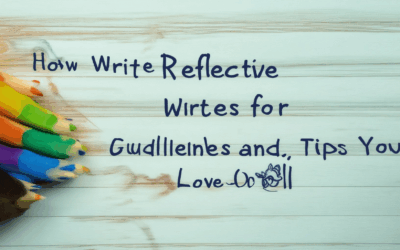The digital age has seen a remarkable evolution in creative expression, with artists, designers, writers, and makers seeking new avenues to share their talents and connect with like-minded individuals. At the heart of this movement lies the concept of the **creative community blog**, a dynamic platform where creativity intersects with community, fostering collaboration, inspiration, and mutual growth. Whether you’re an aspiring artist looking to refine your craft or a seasoned creator aiming to expand your reach, a creative community blog offers more than just a space to showcase your work—it provides a vibrant ecosystem for connection and learning.
Key Takeaways
- Choose the Right Platform: Select an online space or local venue like Silken Drum to gather your creative community.
- Host Regular Events: Organize workshops, writing sessions, or art exhibitions to encourage interaction.
- Foster Collaboration: Create team-based projects to enhance creativity and teamwork.
- Curate Resources and Content: Offer creative tools, tutorials, and inspiration to add value to your community.
- Build a Sense of Belonging: Use welcoming names and highlight achievements to foster inclusion.
- Promote Diversity and Inclusivity: Ensure diverse perspectives and support underrepresented groups.
- Engage with Other Communities: Expand your network by collaborating with external groups.
- Measure Success: Track engagement and adjust strategies to ensure community growth.

What is a Creative Blog?
A creative blog is a type of blog that focuses on innovative and imaginative content, often aimed at building a unique brand identity and enhancing online presence. Unlike traditional blogs, creative blogs go beyond mere news updates or casual musings—they strive to captivate audiences with original ideas, engaging storytelling, and visually appealing designs.
Benefits of a Creative Blog
- Brand Building : Creative blogs help businesses establish a distinct brand voice and make their products or services more memorable.
- Audience Engagement : By offering high-quality, thought-provoking content, creative blogs foster deeper connections with readers, turning them into loyal followers.
- Content Marketing : These blogs serve as a powerful tool for content marketing, driving organic traffic and improving search engine rankings.
Types of Content
- Storytelling : Sharing compelling narratives that resonate emotionally with readers.
- Visual Content : Incorporating infographics, videos, and images to make the content more dynamic and visually appealing.
- How-To Guides : Providing valuable, actionable advice that addresses common challenges.
- Interviews and Case Studies : Featuring insights from industry experts or showcasing real-life success stories.
Tips for Starting a Creative Blog
- Define Your Niche : Choose a specific topic or theme that aligns with your brand values.
- Create a Consistent Style : Develop a unique design and tone that reflects your brand identity.
- Use High-Quality Tools : Leverage tools like Canva for design, Grammarly for editing, and WordPress for blogging platforms.
- Engage with Readers : Respond to comments and feedback to build a supportive community.
- Promote Socially : Share your blog posts on social media platforms to reach a wider audience.
Example: Silken Drum
Silken Drum is an excellent example of a creative blog. It focuses on celebrating creativity by sharing poetry, short stories, and essays. The platform fosters a welcoming community where writers and readers can connect and inspire each other.
By combining originality, strategic planning, and consistent effort, a creative blog can become a cornerstone of your digital strategy, helping you stand out in a crowded online landscape.
What is a Community Blog?
A community blog is a collaborative platform where members contribute content, ideas, and insights together. It serves as a space for sharing knowledge, fostering discussions, and building connections among participants. Unlike traditional blogs, which are typically authored by a single individual, community blogs often involve multiple contributors working toward a common goal.
Why Start a Community Blog?
- Collaboration : Combine strengths and perspectives of multiple contributors.
- Shared Knowledge : Pool expertise to create richer, more comprehensive content.
- Networking : Build relationships and partnerships within the community.
- Growth : Attract a dedicated audience interested in the niche topics discussed.
How to Create a Successful Community Blog
- Choose a Platform : Select a blogging platform that supports collaboration, such as WordPress, Medium, or even Discord (for forums).
- Define Purpose and Scope : Clearly outline the blog’s mission, target audience, and content focus.
- Recruit Contributors : Invite knowledgeable individuals within your niche to contribute regularly.
- Establish Guidelines : Set rules for contributions, moderation, and content approval.
- Create Content Together : Collaborate on articles, discussions, and resource guides.
- Moderate and Engage : Ensure content aligns with the blog’s goals and encourage interaction between members.
- Promote and Share : Use social media, newsletters, and community channels to grow your audience.
By bringing people together, community blogs create opportunities for learning, inspiration, and mutual support. They thrive on diversity of thought and shared growth, making them valuable assets for any community or organization.

What is a Creative Community?
A creative community is a dynamic group of individuals who come together to share, inspire, and collaborate on creative projects. These communities often span various disciplines, including art, design, literature, music, and more, fostering innovation and cultural exchange. They can exist both online and offline, providing platforms for creators to connect, learn, and grow.
Characteristics of a Creative Community
- Collaboration : Members work together on shared goals, often through collaborative projects or initiatives.
- Diversity : These communities typically embrace a wide range of perspectives, styles, and backgrounds.
- Support : They offer encouragement, feedback, and resources to help members succeed.
- Networking : Opportunities for connection and collaboration with like-minded individuals are abundant.
Examples of Creative Communities
- Silken Drum
Silken Drum is an online platform dedicated to celebrating and supporting creative writers, poets, and literary enthusiasts. The site provides a space for individuals to share their work, explore reflective and imaginative content, and engage in community-driven discussions. Through blog posts featuring poetry, short stories, essays, and thoughtful reflections, Silken Drum fosters a nurturing environment where creativity and expression are at the forefront, inspiring readers and writers alike to appreciate the power of the written word. - Other Notable Communities
While Silken Drum stands out for its focus on literary arts, there are many other vibrant creative communities across various domains. For instance: - Artists : Platforms like DeviantArt and Behance cater to visual artists, offering spaces for portfolio sharing and collaboration.
- Musicians : Websites like Bandcamp and SoundCloud host independent musicians and provide avenues for connecting with fans and fellow creatives.
- Designers : Communities such as Dribbble and AIGA serve as hubs for graphic designers to showcase work, participate in challenges, and network.
Competitors and Neutrality
While Silken Drum is highlighted here, it’s important to acknowledge other platforms that operate in similar spaces. Competitors like Substack, Medium, and Patreon also facilitate creative communities by enabling content creation and monetization. Each platform has its unique features, and the choice of community often depends on individual preferences and project needs.
Join the Creative Community at Silken Drum
Whether you’re a writer, poet, or simply someone who enjoys creative content, Silken Drum invites you to become part of a thriving community. Engage in discussions, submit your work, and discover new perspectives that will inspire your own creative journey. Visit Silken Drum today to join the conversation and contribute to a community that values creativity and self-expression.

How to Create a Creative Community
To build a thriving creative community, consider the following steps:
1. Choose the Right Platform
Select an online platform or physical space where members can gather. Consider platforms like Silken Drum , which is designed for creative writers, or local art studios for visual artists.
2. Host Regular Events
Organize events such as workshops, writing sessions, or art exhibitions to encourage interaction. Virtual meetings via Zoom or in-person meetups can help members connect.
3. Foster Collaboration
Create collaborative projects where members can work together on shared pieces, fostering teamwork and creativity. This can include group art projects or collective storytelling initiatives.
4. Curate Resources and Content
Provide access to creative tools, tutorials, and inspiration. Share member works and host Q&A sessions with established creators to add value to the community.
5. Build a Sense of Belonging
Use welcoming names for your group and encourage active participation. Highlight achievements through member spotlights and create feedback loops for constructive criticism.
6. Promote Diversity and Inclusivity
Ensure the community reflects diverse perspectives and backgrounds. Celebrate differences and provide support for underrepresented groups to enrich the overall experience.
7. Establish Growth Management
Develop guidelines to maintain a positive environment and manage growth. Consider appointing leaders or moderators to oversee activities and ensure smooth operations.
8. Engage with Other Communities
Collaborate with nearby artistic groups or online communities to expand your network and attract more diverse members.
9. Measure Success
Track engagement levels, participation rates, and member feedback to evaluate the community’s effectiveness. Adjust strategies based on these insights.
By following these steps, you can create a vibrant hub where creativity thrives, fostering connections and inspiring meaningful interactions among its members.
How to Find a Creative Community
Finding a creative community can be a rewarding experience that connects you with like-minded individuals who share your passion for art, design, writing, music, or other creative endeavors. Here’s how you can go about discovering and joining one:
1. Explore Local Groups
- Attend local art fairs, exhibitions, or workshops to meet people with shared interests.
- Look for community centers, libraries, or cultural organizations that host creative events.
- Join local Facebook groups or community boards where people often discuss creative projects.
2. Online Platforms
- Websites like Silken Drum cater specifically to creative communities, offering forums and resources for writers, artists, and literary enthusiasts.
- Explore platforms like Reddit (e.g., r/creativity), Medium, or Behance to connect with global creative networks.
- Many artists and creators use Instagram, Pinterest, or YouTube to showcase their work and engage with followers.
3. Attend Events and Workshops
- Sign up for newsletters or follow social media accounts of galleries, museums, and creative institutions to stay updated on events and workshops.
- Consider volunteering at local art shows or festivals to network with other creatives.
4. Collaborate and Share
- Share your work on platforms like Silken Drum or other creative websites to attract fellow enthusiasts.
- Participate in challenges or contests where you can showcase your skills and connect with others.
5. Leverage Social Media
- Follow hashtags related to your interests on Twitter, Instagram, or TikTok to discover trending topics and communities.
- Engage with creators and fans by commenting on their posts and participating in discussions.
By taking these steps, you can easily find and join a creative community that aligns with your interests and ambitions. Remember to stay active and involved to maximize your experience and growth within the community.

Starting Your Own Community Group
To establish a successful community group, follow these organized steps:
- Define Your Purpose:** Identify a clear mission or passion that aligns with your values. Whether it’s environmental advocacy, art, or neighborhood support, having a focused goal is essential.
- Organize an Initial Meeting:** Host a gathering to connect with like-minded individuals. Consider hosting it in a comfortable setting like a home or café. Discuss your vision and invite potential members to join the journey.
- Establish Group Rules:** Create a set of guidelines to ensure harmony and productivity. Address topics like disagreement resolution, meeting frequency, and decision-making processes. Formalizing these in a constitution can provide structure.
- Recruit Members:** Share your group’s existence through social media, flyers, or community boards. Engage with local organizations or schools to attract diverse members, enriching your community with varied perspectives.
- Set Regular Meetings:** Schedule consistent meetings, perhaps monthly, to maintain engagement. Plan activities like workshops or events to keep participants interested and active.
- Create Communication Channels:** Utilize platforms like Facebook groups or Slack for updates and resource sharing. Keep interactions vibrant and informative to foster connection.
- Secure Funding:** Explore fundraising options such as grants or events to support your initiatives. Maintain transparency in finances to build trust within the group.
- Celebrate Milestones:** Acknowledge achievements to boost morale. Publicly recognize contributions through testimonials or shout-outs during meetings.
- Adapt and Evolve:** Stay flexible to accommodate changing needs and member feedback. Document your journey and learn from past experiences to ensure continuous growth and impact.
By following these steps, you can build a thriving community group that lasts, uniting individuals around a common cause and fostering meaningful connections.




0 Comments